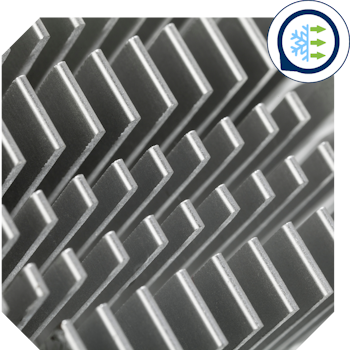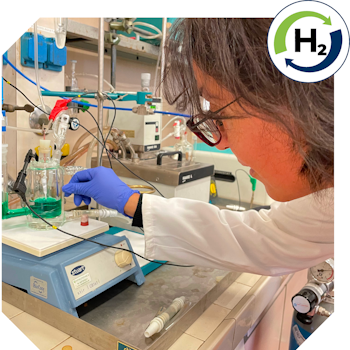ICMATE is actively engaged in the energy sector, focusing on reducing environmental impact and promoting the development of technologies that support a more sustainable energy future.
ICMATE activities in this area focus on materials and devices for renewable energy, the hydrogen economy, the reduction of carbon footprints, cooling and heat removal processes and thermal energy storage.














